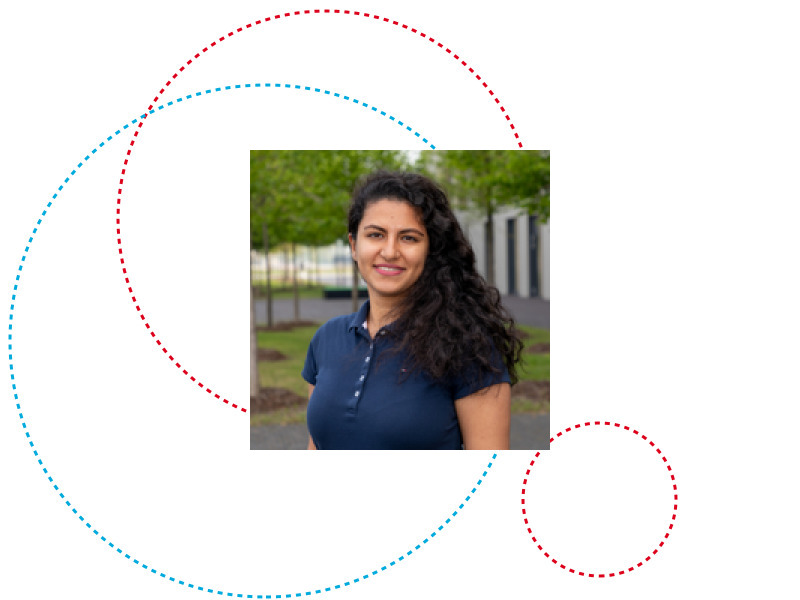Members of the defence committee:
- Supervisor: Dr. Matthias BRUST, Research Scientist, Interdisciplinary Centre for Security, Reliability and Trust, Université du Luxembourg
- Chairman: Prof. Pascal BOUVRY, Professor, Interdisciplinary Centre for Security, Reliability and Trust, Université du Luxembourg
- Vice-chair: Prof. Carlos H.C. RIBEIRO, Professor, Instituto Tecnológico de Aeronáutica
- Member: Dr. Grégoire DANOY, Research Scientist, Interdisciplinary Centre for Security, Reliability and Trust, Université du Luxembourg
- Member: Dr. Jean-Philippe HUMBERT, Deputy Director, Institut Luxembourgeois de la Normalisation, de l’Accréditation, de la Sécurité et qualité des produits et services (ILNAS)
Abstract:
We live in a world where the interaction of many different entities results in the formation of complex systems. The communication between billions of smart devices, interactions of millions of people in social networks, and the existence of our biological life, which is based on seamless interactions between hundreds of genes and proteins within our cells, all are just a few examples of the complex systems surrounding us. At the core of these complex systems, there is clear evidence of a complex network, which symbolizes the interaction between the system’s components. Analytical metrics and algorithms derived from graph theory are used in network analysis to understand the functionality of complex systems, anticipate system behavior, and control changes. Many of these global patterns in complex networks are generally influenced by decisions made by communities.
Communities are a tightly connected group of nodes with sparse connections to the rest of the network. These modular structures are crucial to understanding the complex network due to being closely tied to the system’s functional and topological features. They can, for example, represent modules of proteins with similar functionality in a protein interaction network or influence dynamic network activities such as opinion and epidemic propagation. Local community detection methods have gained popularity among other strategies to discover communities in a complex network. The traditional methods are based on a top-down approach acquiring global information about the entire network; however, due to the growing size and complexity of existing networks, they often result in tangled communities, hence not providing functional information of the network.
The primary goal of this thesis is to provide methods and solutions for local network analysis. The following components comprise the thesis contribution:
- Introduce a transformation approach to construct networks from relational data and describe how network structure affects community detection,
- Provide a comprehensive evaluation of current local community detection techniques and suggest a locality exploration scheme (LES) for community detection algorithms,
- Develop a local community detection algorithm (LCDA) and employ it on real-world data,
- Extend LCDA to LCDA-GO, which integrates biological functional information and detects protein communities in the cell on the PPI network.
Thereby, this thesis proposes a novel community detection algorithm that addresses the shortcomings of prior algorithms by presenting a local method. The applicability of the suggested algorithm is investigated by running it on real-world PPI networks.
Furthermore, this thesis contributes to industrial technical reports and whitepapers on the standardization and regulation of big data and Artificial Intelligence (AI). The thesis addresses the critical issues of digital trust in big data and AI by incorporating technical standardization and cutting-edge research solutions. The key contributions include, but are not limited to:
- A comprehensive review of the state-of-the-art in numerous scientific and standard materials regarding privacy and trustworthiness concerns, including the introduction of privacy leaks and mitigation measures in big data and AI,
- Investigating the societal implications of artificial intelligence standards in light of the recently initiated worldwide and European standardized processes,
- Design and implementation of a scheme that connects scientific contributions and standardization efforts in the direction of AI conformity assessment.
The contribution of the thesis to standards demonstrates an impact on both scientific and standardization communities by contributing to both and offering recent outcomes from each.
